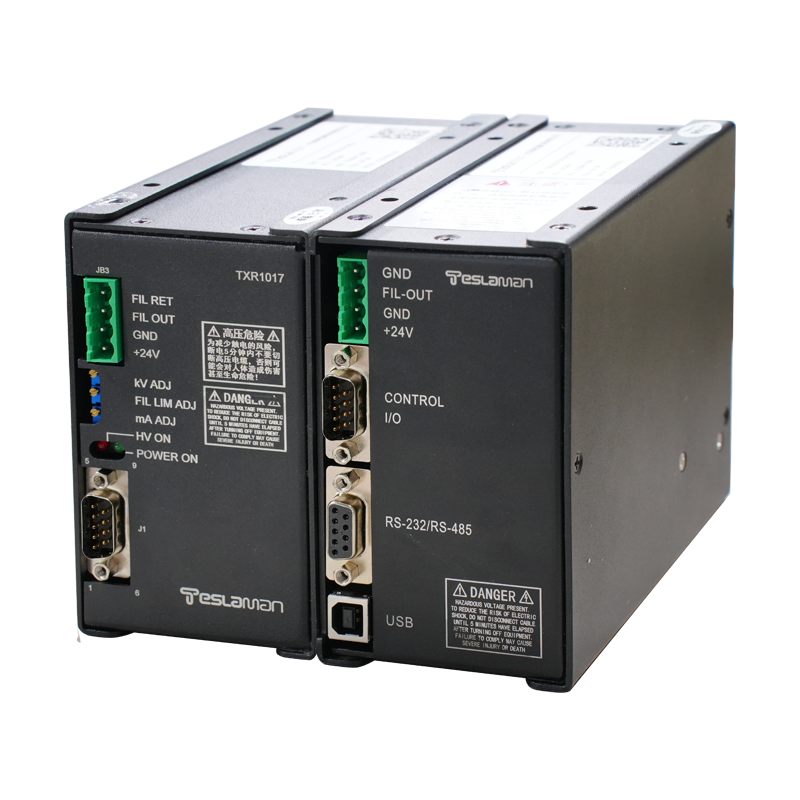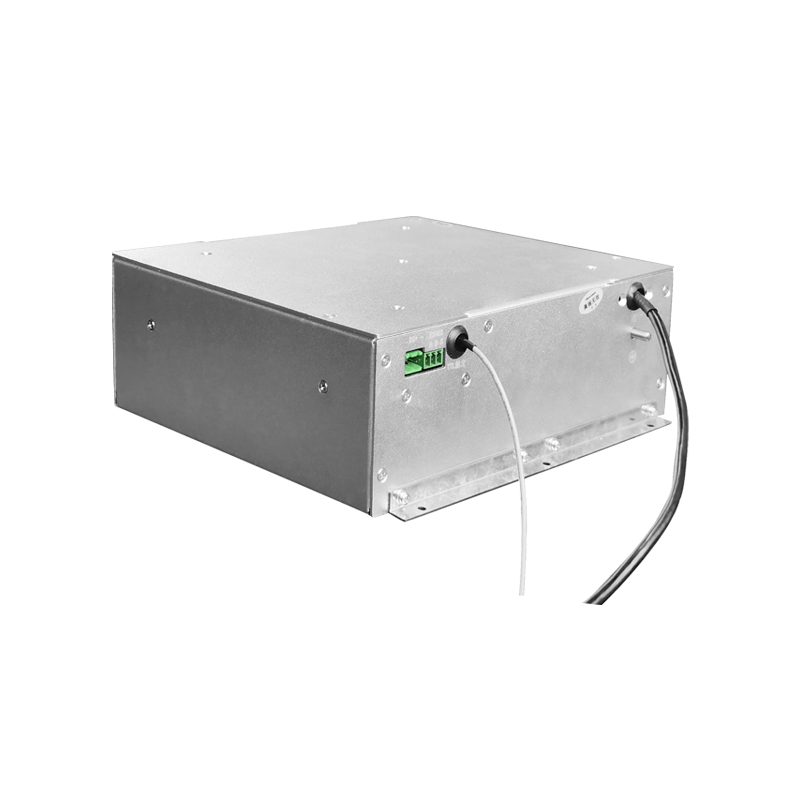Improvement of Charging Rate of Capacitor Charging High-Voltage Power Supply
In modern industry, scientific research, and emerging technology fields, capacitor charging high-voltage power supplies play an important role in applications such as pulsed power systems and particle accelerators due to their energy storage characteristics. As one of the key indicators measuring their performance, the charging rate directly affects the working efficiency of equipment and application scenarios. How to effectively improve the charging rate of capacitor charging high-voltage power supplies has become a research topic of great concern in the industry.
From the perspective of circuit topology optimization, traditional charging circuits often have problems of high loss and low efficiency during high-voltage and high-current charging. Adopting a new resonant charging topology can effectively reduce switching losses and improve energy transfer efficiency. During the resonant charging process, by reasonably designing the resonant parameters, the circuit operates in a resonant state, reducing the phase difference between current and voltage and minimizing the loss of reactive power, thus achieving a faster charging speed. For example, resonant topologies with zero-voltage switching (ZVS) or zero-current switching (ZCS) technologies enable switching devices to turn on and off under zero-voltage or zero-current conditions, greatly reducing switching losses and significantly increasing the charging rate.
The improvement of control strategies also plays a crucial role in enhancing the charging rate. Traditional constant-voltage or constant-current charging control methods are difficult to achieve optimal charging efficiency throughout the charging process. Introducing intelligent control algorithms, such as fuzzy control and adaptive control, can dynamically adjust charging parameters according to the real-time status of capacitor voltage and current. In the initial stage of charging, a larger charging current is used to quickly increase the capacitor voltage; as the capacitor voltage approaches the target value, the charging current is automatically reduced to avoid overcharging and improve charging accuracy. This intelligent control strategy can not only ensure the charging speed but also guarantee the safety and stability of the charging process.
In addition, the performance upgrade of power devices cannot be ignored. Selecting power switching devices with high voltage resistance and large current capacity can withstand higher charging currents and reduce losses caused by device conduction resistance. At the same time, using capacitors with low equivalent series resistance (ESR) can reduce energy losses during the charging process and improve charging efficiency. In the design of high-voltage power supplies, optimizing the cooling system to ensure that power devices maintain good heat dissipation during operation and avoiding performance degradation due to device overheating also helps maintain a high charging rate.
In practical applications, electromagnetic compatibility (EMC) issues also need to be comprehensively considered. High-frequency interference generated during the rapid charging process may affect the stability and reliability of the power supply system. By reasonably designing filter circuits, optimizing wiring layouts, and other measures, electromagnetic interference can be suppressed, providing a stable working environment for capacitor charging high-voltage power supplies and indirectly promoting the improvement of the charging rate.
In conclusion, improving the charging rate of capacitor charging high-voltage power supplies requires comprehensive consideration from multiple aspects, including circuit topology optimization, control strategy improvement, device performance upgrade, and electromagnetic compatibility design. Only through continuous exploration and innovation can the increasing application requirements be met and the further development of capacitor charging high-voltage power supply technology be promoted.




















